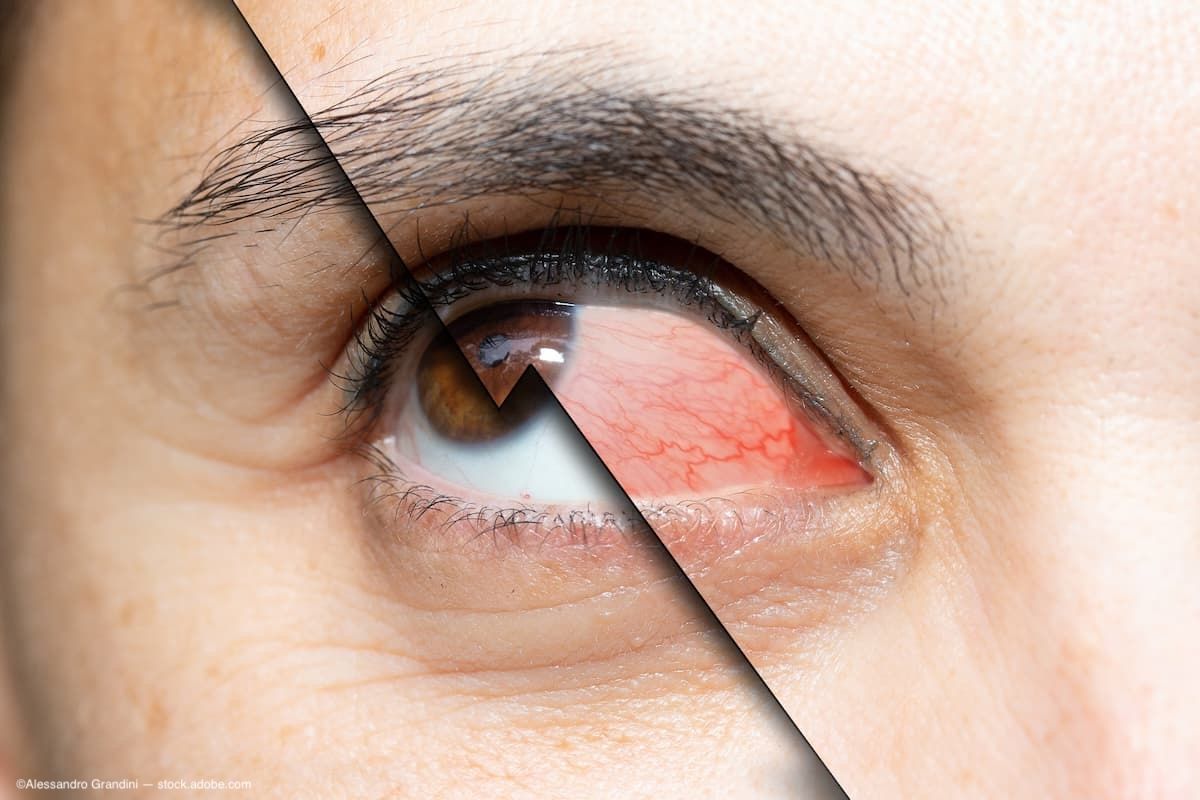Article
Seeing the checkered flag
Growing up in the confines of northern New Jersey, Allan Robbins, MD, watched the legendary Paul Newman race a Datsun 240Z with Bob Sharp Racing and dreamed of growing up to be an auto mechanic or even a racer like Newman.
Growing up in the confines of northern New Jersey, Allan Robbins, MD, watched the legendary Paul Newman race a Datsun 240Z with Bob Sharp Racing and dreamed of growing up to be an auto mechanic or even a racer like Newman.
Lucky for his patients, Dr. Robbins became an eye surgeon with a racing hobby instead.
He is in private practice in Rochester, NY, a location that offers close proximity to the Watkins Glen Speedway that he has always loved.
His first car was a Triumph, which he called unreliable. His second car was a Datsun 240Z, like Newman's.
"This car wiped the British sports cars off the map," Dr. Robbins said. "It was affordable and reliable."
Today, the race team that he owns is called SharpSight Motorsports. He races at an amateur level regionally.
"When you race nationally, both risks and expenses increase," Dr. Robbins explained. "I keep in mind that I make my living as an eye surgeon.
"In the mid-1990s, when we were a bit more active, I won the New York State Road Racing Championship (NYSRRC) 2 years in a row in the G Production class, and my other driver won the same title in the GT-2 class," he said.
"In the past few years, we've concentrated more on vintage racing, which actually has greater spectator appeal and larger audiences," Dr. Robbins said. "From the driver standpoint, it is more about showing the historically significant car at speed on the track and less about winning at all costs. In fact, in vintage racing, overly aggressive driving and trying to win at all costs is frowned on and even penalized. It's much more the gentlemen's form of auto racing, with NASCAR being on the complete opposite end of the spectrum."
Dr. Robbins said he prefers road races-the format at Watkins Glen Speedway-to straight tracks.
"Road races are more interesting, more like regular driving," he said. Speeds on road tracks are lower and have less potential for dangerous crashes.
He said he likes to watch Formula 1, open wheel, and Indy Cars race at Watkins Glen.
"But it's all good," he laughed.
Dr. Robbins said that many of the skills he needs to be a successful eye surgeon also are required in racing.
"Both require excellent eye/hand/foot coordination, total focus, and good listening skills," he said.
And there is that matter of competition. "It takes thousands of dollars to win a small trophy," Dr. Robbins said. "That's not why I do it. I like to come in ahead of a friend or beat my own best time. The competitive juices are flowing."
He said he is mechanically inclined and likes to tinker with cars. In the winter, he and his team dismantle and rebuild the race car to make it safer and more competitive.
Dr. Robbins said he doesn't spend as much time as he'd like to on his hobby. He spends more time on the hobby in racing season, the summer, he said. A large part of the enjoyment is the time spent with friends. "My friends help get the car ready, help track timing and scoring. I've worked on all of their eyes now. We meet all sorts of people at the races, all walks of life. I like the camaraderie."
His hobby has a practical side, too, in that it is part of his practice's marketing campaign.
"There is no doubt the thrill is in the driving," Dr. Robbins said. "It gets the heart beating fast, the adrenaline rushing, and the lips smiling. I'd never tackle anything so challenging and, at times, frustrating if it wasn't an incredible amount of fun most of the time."
Newsletter
Don’t miss out—get Ophthalmology Times updates on the latest clinical advancements and expert interviews, straight to your inbox.




